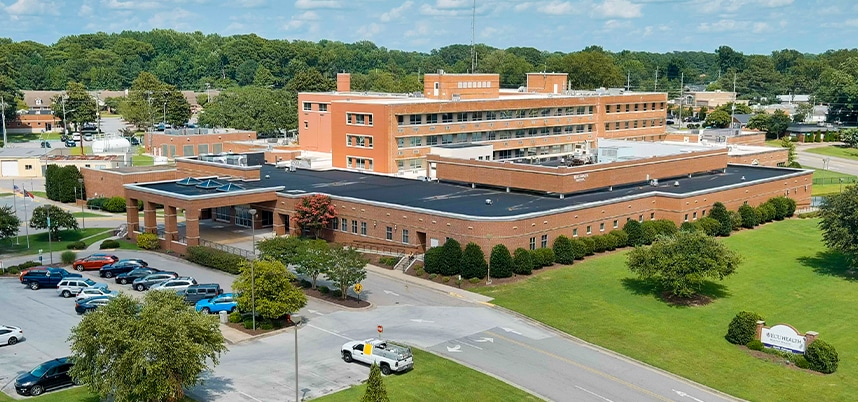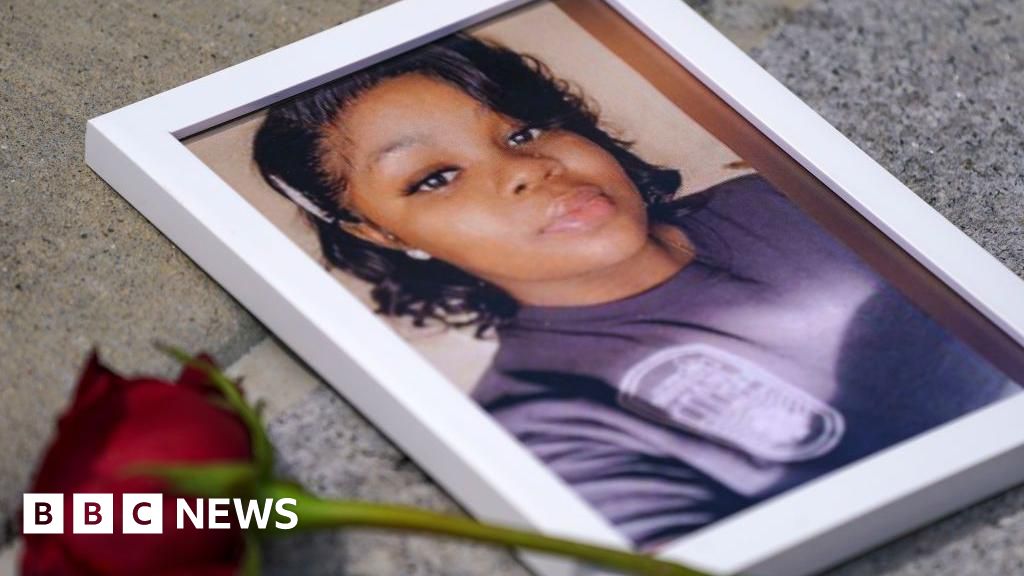The first time I worried about the air my son was breathing was two years ago. The sky over Salt Lake City was hazy, and I remember wondering, ‘Is there a fire somewhere?’ There wasn’t. It was just a windy day, and dust was blowing from the exposed lakebed of the Great Salt Lake.
My parents moved to Salt Lake City five years ago. My partner and I followed two years later. We wanted to raise our son in a place where he’d grow up hiking in the summer and skiing in the winter. But it turns out I need to be careful about being outside because dust from the shrinking lake has become a serious public health concern.
That’s why on Saturday, April 26, my grandmother, my mom, and I walked up the steps of the Utah State Capitol to join an Earth Day rally for the Great Salt Lake. Three generations of us, standing shoulder to shoulder with others who had gathered for a disappearing body of water. Many of us held signs that bent in the very wind that was carrying dust and toxins into our lungs. We stood together, arms linked against the wind, with a united purpose: to advocate for policies that would protect the water levels of the Great Salt Lake and prevent more toxic dust from getting exposed.
From the podium, Courtney Henley, a physician and board member of Utah Physicians for a Healthy Environment, painted a vivid picture of why the lake’s disappearance isn’t just an ecological disaster but a public health emergency too. “The medical urgency arises from the pervasive nature of the threat,” she said. “All living beings will inhale blowing lakebed dust, and every human resident in the path of blowing dust is impacted.”
Unlike most air pollution, she explained, this is a regional issue because the dust disperses widely. “One large dust storm can impact millions of people.”
A 2022 Brigham Young University study found high levels of toxic dust around the lake’s edge, posing serious risks to respiratory, cardiovascular, and neurological health. As the lakebed dries, it exposes dirt, which gets picked up and spread by wind. “Most of the toxins are the result of centuries of industrial pollution that have deposited arsenic, mercury, and lead in the lake bottom,” Henley explained in a follow-up interview. These particles don’t just irritate the lungs; they dissolve into the bloodstream, potentially leading to heart attacks, strokes, blood clots, asthma, and even cancers.
“Pregnant women and children are particularly vulnerable because of increased blood flow to growing tissues and the higher respiratory rates in children. Their rapidly dividing DNA is more susceptible to mutation caused by air pollution,” Henley said. “And elderly people are more at risk because they often have underlying diseases and weaker immune systems.”
The toxins are reaching people like Brandi O’Brian, who moved to Salt Lake City in 2021 after years of seasonal conservation work in Southern Utah. Drawn by the natural beauty and the sense of community she found, she never imagined that the air she was breathing would become a daily threat to her health. “At first, it was something I just saw,” she told me. “Then it was something I felt.”
Her first asthma attack hit during a winter inversion, and it wasn’t subtle. “It was terrifying—a stark wake-up call that something was not right.” She’d never had asthma before moving here. Now, it’s part of her life. On dusty days, she experiences chest tightness, dizziness, and shortness of breath. “I’ve had to use my inhaler multiple times a day during these episodes,” she said.
O’Brian has developed what she calls a ‘sixth sense’ for bad air. “Now, I can feel bad air quality in my lungs before I even check the report,” she said. “On those days, I avoid going outside, keep windows closed, run my air purifier, and skip exercise.”
And still, despite every precaution, she can’t fully protect herself. “The dust has been awful,” she told me. “Unless you’ve experienced it, it’s hard to describe how scary it is to feel like you can’t get a full breath.”
She’s not alone. Across the Salt Lake valley, people like Amanda Butler are also trying to navigate the afflictions caused by a shrinking Great Salt Lake. Butler, a licensed therapist who has lived in Salt Lake City for over two decades, described a slow but steady shift in her health. “I started noticing changes about three years ago,” she said. “There were more days when the air felt heavy and hard to breathe, and I began to notice this faint, dusty smell after windy days.”
Unlike Brandi, Butler hasn’t had asthma attacks, but the chronic symptoms have become more frequent and more intense. “I’ve experienced difficulty breathing, sinus issues, eye irritation, and worsening allergies,” she said. “And they often flare up after windy days. As someone who didn’t struggle with respiratory issues earlier in life, it's been alarming.”
As a therapist, Butler is attuned to how this kind of chronic exposure—to both environmental stress and political inaction—can affect mental health. “There’s a rising sense of helplessness and despair around something that’s both invisible and life-altering,” she shared.
That anxiety peaks on windy days. “They (windy days) used to be just another part of living in Utah,” she said. “Now they fill me with dread. I avoid going outside, run air purifiers 24/7, and brace myself, wondering what I’m breathing in.”
A few days before our chat, a strong wind blew through Salt Lake City for more than a day straight. Butler shared how her whole house “filled with the smell of dust, even with the windows shut.” She remembered standing in her kitchen and thinking, “What exactly am I inhaling right now?” She felt fear not just for herself, but for her community, especially people with chronic health conditions or kids whose lungs are still developing.
She’s considering leaving. “It’s heartbreaking, because this is my home, I’ve built my life and career here. But there are moments when I feel like staying could mean watching my health steadily decline. That thought weighs heavily on me.”
Henley wasn’t surprised. “There are thousands of scientific studies linking fine particulate air pollution to inflammatory diseases like hypertension, stroke, and respiratory infections,” she said. “And we know from existing data that communities closest to pollution sources have higher disease rates. Davis County [north of Salt Lake City] already has a childhood asthma and brain cancer cluster linked to air pollution.”
Without significant intervention, Henley warned, things will get worse. “If Great Salt Lake dries up, the cities along the Wasatch Front will cease to exist and be replaced by urban graveyards and wastelands,” she said. It sounds extreme, but she called out other examples of this happening around the world. “Owens Lake in California and the Aral Sea south of Kazakhstan are both environmental disasters. Constant blowing dust devastated communities and economies. Los Angeles County, for example, spent over $2.5 billion trying to combat dust storms from Owens Lake.”
The exposed Great Salt Lake lakebed, she said, poses the same risk, and the toxic dust can travel as far as the wind will carry it. “It is a regional and national health concern. Fugitive dust from one town or state easily travels to its neighbor.”
Despite growing awareness of the crisis, public response has lagged. Much of the water that once flowed to the Great Salt Lake is now siphoned off for agriculture and suburban developments. Meanwhile, Utah lawmakers have refused to implement reforms to ensure the lake remains at stable levels, initiate new programs to study water use, or allocate sufficient funding for water conservation plans. As a result, the lake continues to shrink, exposing more toxic dust and accelerating the public health crisis.
If the Great Salt Lake continues on this path, the consequences could ripple throughout the West. It will impact air quality and public health beyond Utah’s borders. In other words, the anxiety that many Utahns feel on windy days could soon be felt across state lines. If the pace of water diversions continues, researchers from Brigham Young University estimate that the lake could disappear within the decade. “We’re stuck in a political holding pattern,” Henley said. “Water is being diverted. Reforms are slow. And people are getting sick.”







 English (US) ·
English (US) ·